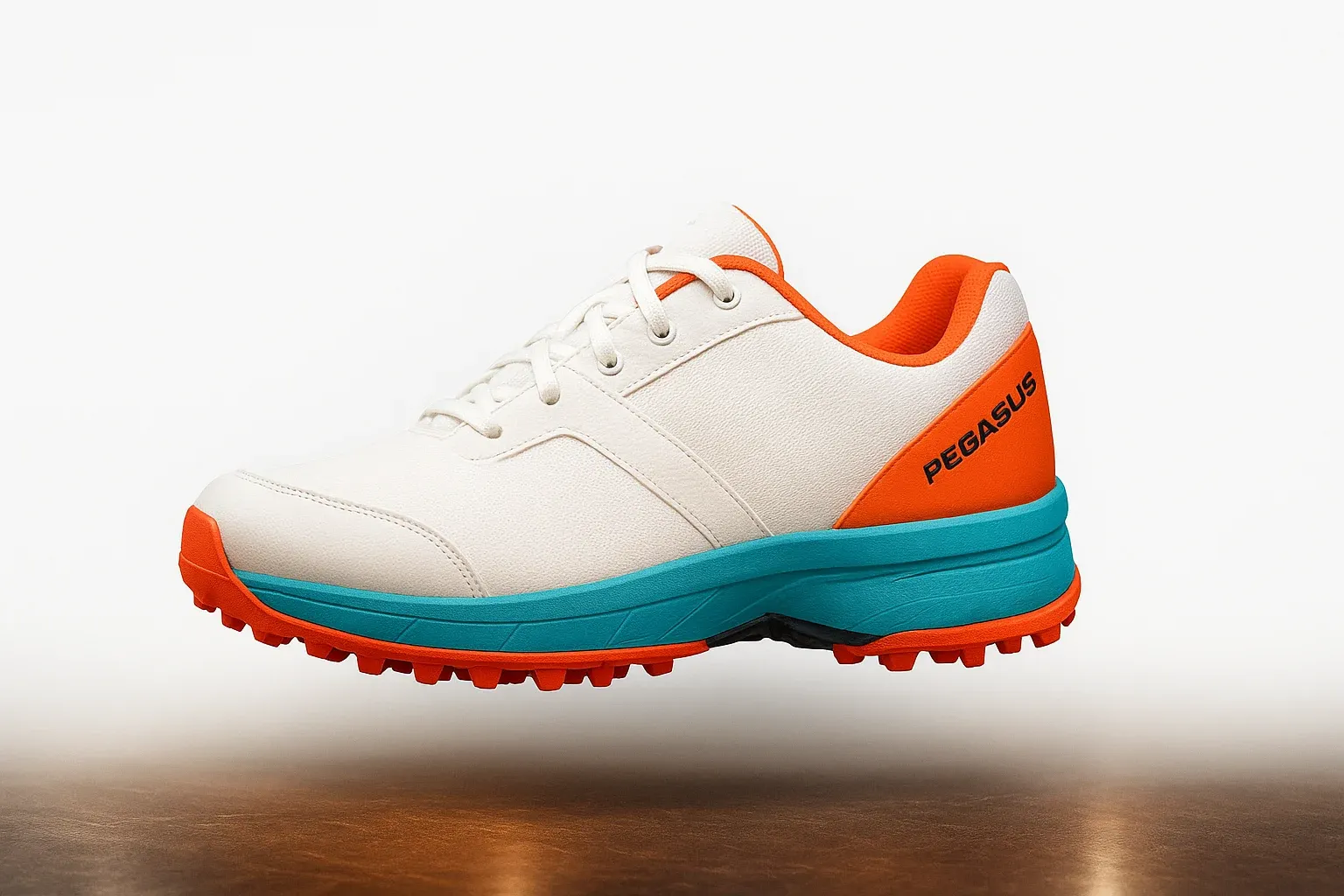
When we think about cricket gear, our minds often go straight to bats, pads, or gloves. But one piece of equipment that silently plays a huge role in performance, comfort, and safety is often overlooked: the cricket shoe.
Unlike casual sports shoes, cricket footwear is engineered for specific movements, surfaces, and roles. Just as a fast bowler and a top-order batter don’t share the same responsibilities on the field, they may not need the same type of shoes either.
So, the question arises: Do bowlers and batters really need different cricket shoes? Let’s break it down in detail.
1. The Science Behind Cricket Footwear
Cricket involves constant motion—sprinting, sliding, twisting, jumping, and braking. Shoes are designed to manage:
- Grip on turf or artificial pitches.
- Shock absorption to handle high-impact landings.
- Stability to prevent slips and injuries.
- Durability to withstand long hours and multiple formats.
But since bowlers and batters move differently, their shoes must support different biomechanics.
2. Understanding a Bowler’s Needs
Bowlers—especially fast bowlers—put immense stress on their bodies. Every delivery involves:
- A long run-up (requiring cushioning for foot strikes).
- A heavy landing at the crease (impact on the front foot).
- A strong push-off after release (demanding stability and grip).
Key Features for Bowlers’ Shoes:
- Spikes in the Forefoot: For maximum grip at the crease during delivery.
- Extra Cushioning: To absorb shock from repetitive high-impact landings.
- Stronger Outsoles: To handle the drag of the back foot.
- Durability: Designed to last under constant stress.
- Ankle Support: Prevents twisting injuries during high-speed landings.
Bowlers usually prefer full-spike shoes or half-spike shoes with reinforced soles.
3. Understanding a Batter’s Needs
Batters, on the other hand, require quick reaction movements rather than high-impact repetitive force. Their key demands are:
- Rapid sprints between the wickets.
- Sudden changes of direction for quick singles or twos.
- Stable stance at the crease.
Key Features for Batters’ Shoes:
- Lightweight Construction: Helps in faster running between wickets.
- Half-Spikes (Front Only): Provides grip for initial sprints while being comfortable for standing long hours.
- Flexible Design: Supports sideways and diagonal movements.
- Breathability: Keeps feet cool in long innings.
- Cushioning: Enough for comfort but lighter than bowling shoes.
Batters often use half-spike shoes or rubber-soled cricket shoes (for turf or practice matches).
4. Spikes vs. Rubber Soles: A Role-Based Choice
Cricket shoes generally come in two types:
- Full Spikes: Provide grip across the entire sole. Favored by fast bowlers for strong traction.
- Half Spikes: Spikes in the forefoot, rubber at the heel. Ideal for batters and all-rounders.
- Rubber Soles (No Spikes): Used for turf pitches, indoor practice, or by casual players.
So, while bowlers lean towards full spikes, batters often prefer half spikes for a balance of grip and comfort.
5. Why the Wrong Shoes Can Hurt Performance
Wearing the wrong shoes for your role can lead to:
- For Bowlers: Increased risk of stress fractures, ankle twists, or slipping at the crease.
- For Batters: Slower sprints, reduced stability at the crease, and quicker fatigue.
- For All Players: Blisters, foot pain, or long-term injuries.
6. Do Spinners Need Special Shoes?
Spinners aren’t as demanding on footwear as fast bowlers, but they still benefit from:
- Good grip during pivoting actions.
- Comfortable cushioning for long spells.
- Lightweight shoes for agility.
Many spinners use batting shoes (half-spikes) since they don’t face the same impact loads as pacers.
7. Case Studies: What the Pros Wear
- Fast Bowlers: Bowlers like Jasprit Bumrah and Pat Cummins rely on full-spike, heavily cushioned shoes for stability and protection.
- Batters: Players like Virat Kohli and Joe Root prefer lightweight half-spike shoes to enhance quick running and footwork.
- All-Rounders: Ben Stokes often uses versatile shoes—half spikes for batting and suitable grip for bowling medium pace.
This shows that even professionals customize their footwear based on their role.
8. Factors to Consider When Choosing Your Shoes
- Your Primary Role: Bowler, batter, or all-rounder.
- Pitch Type: Turf pitches may require spikes, while artificial pitches need rubber soles.
- Match Format: Test matches demand comfort for long hours; T20s require agility.
- Budget: Quality shoes are an investment—cheap ones wear out quickly.
- Fit: Always ensure the shoes fit snugly but leave room for movement.
9. Hybrid Options: Shoes for All-Rounders
All-rounders often need versatile shoes that support both bowling and batting. Many brands now offer hybrid shoes with reinforced soles, mid-level cushioning, and half spikes for balanced performance.
This option works for club players or those who switch roles often.
Conclusion
So, do bowlers and batters need different shoes? The answer is a resounding YES.
- Bowlers need durability, grip, and shock absorption.
- Batters need lightweight comfort, speed, and flexibility.
- All-Rounders often benefit from hybrid designs.
Choosing the right shoe not only improves performance but also reduces injury risks and keeps you comfortable during long hours on the field.
Your cricketing journey is only as smooth as the foundation you play on—so invest wisely in the right shoes for your role.
Step Into Performance with Heega Cricket Shoes
Discover Heega’s range of batsman, bowler, and all-rounder shoes engineered for balance, grip, and comfort.